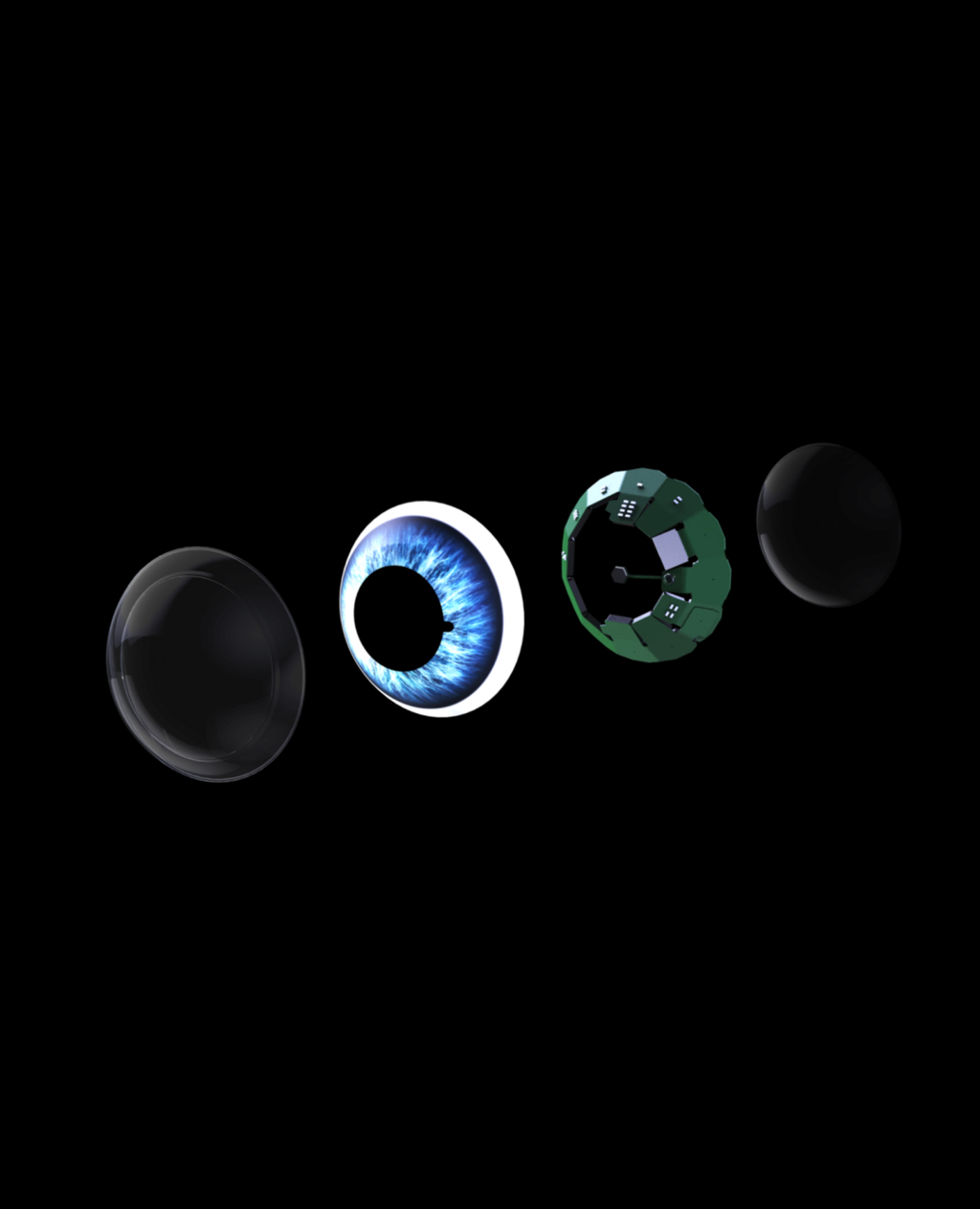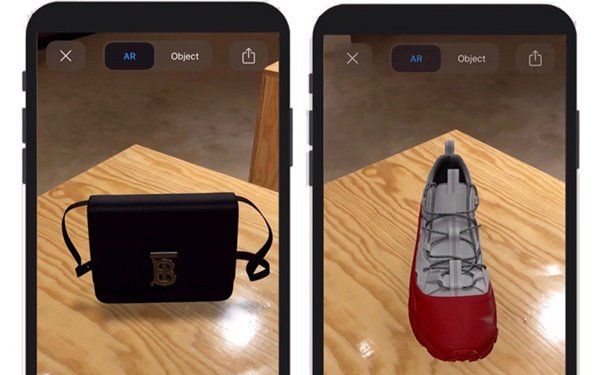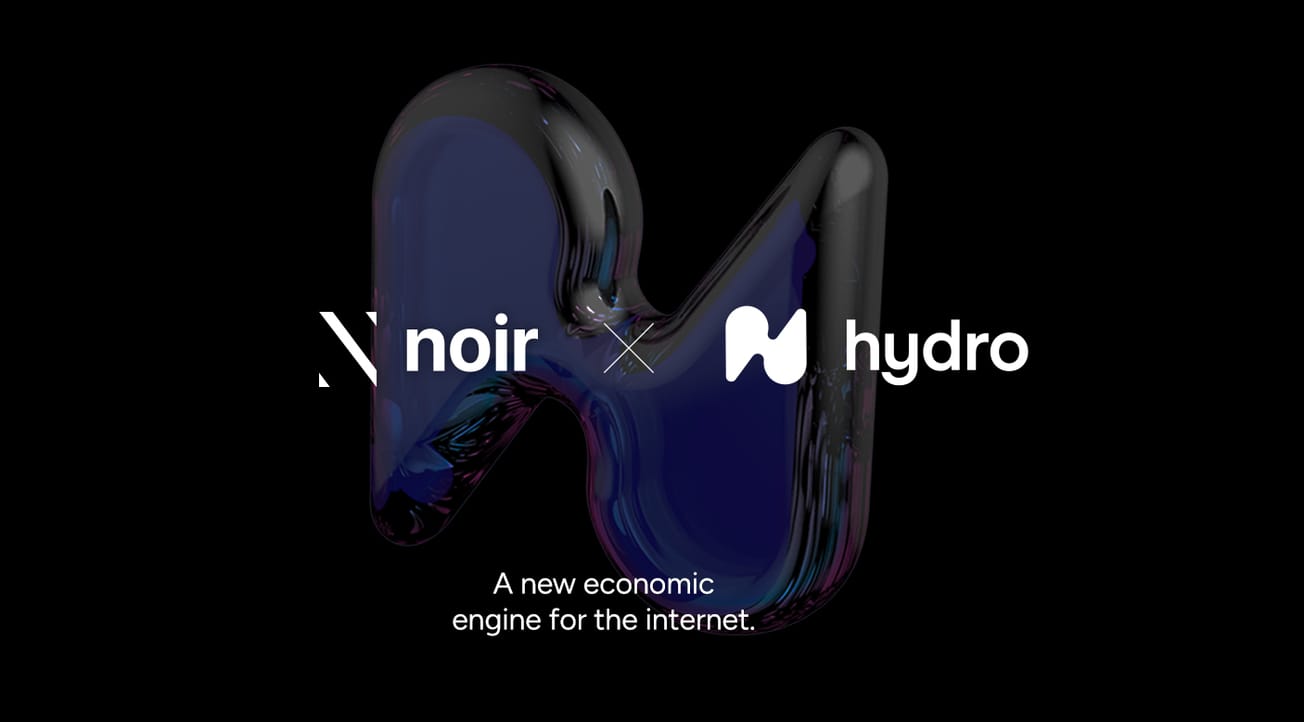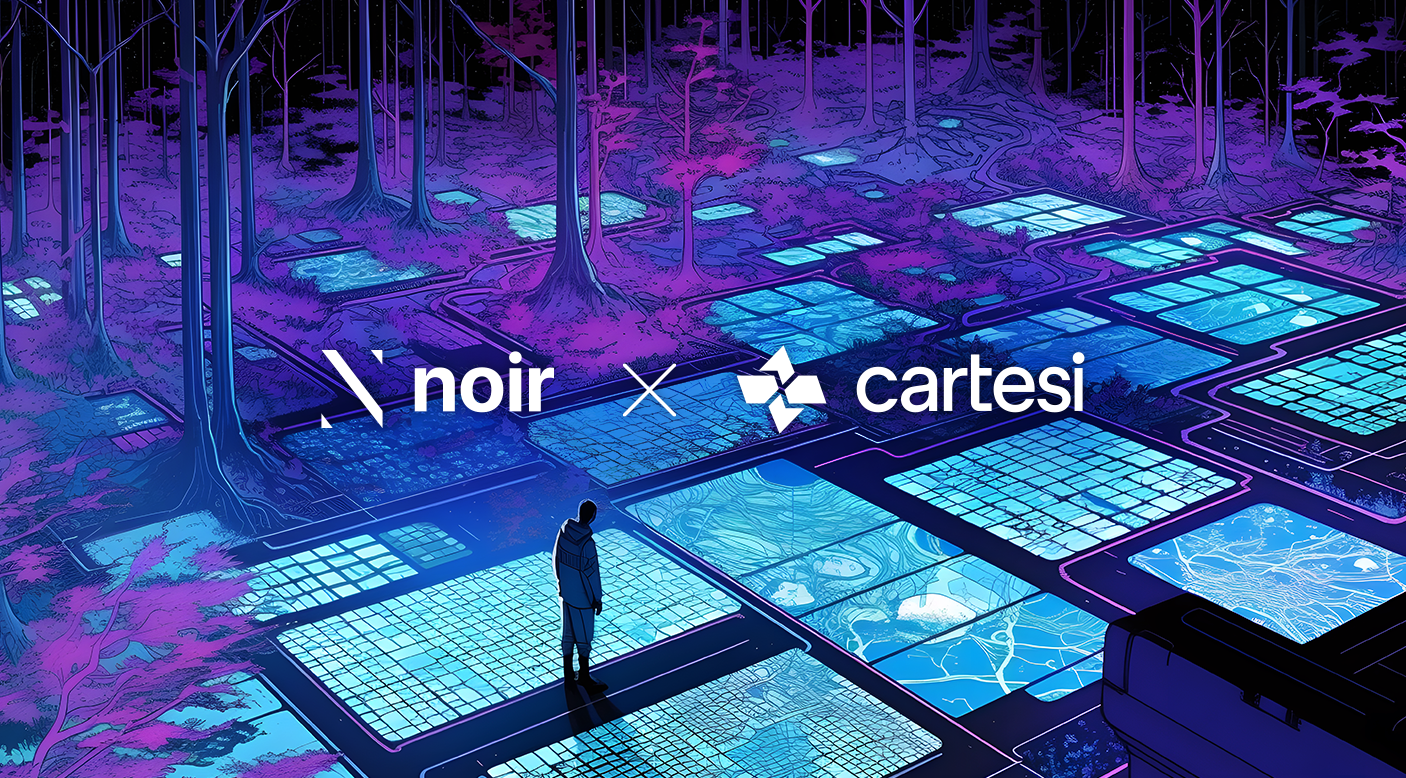AR/VR are being used in various ways to improve education, from enhancing remote learning to providing more immersive and personalized learning experiences. These technologies also have the potential to help break language barriers and boost creativity. As educational institutions continue to explore and adopt AR/VR, it is likely that these technologies will play an even bigger role in the future of engineering.
Purdue's Purview
Purdue University is pioneering metaverse technology in engineering education. They developed their own app—Skill-XR—a device-agnostic Mixed Reality (MR) application focusing on manufacturing and plugging skill gaps. Purdue noticed that AR/VR are currently complex to code and expensive to produce, which leaned them towards MR. Offering a device agnostic application also enables employees to use it on any potential device, so that nobody is left out.
Skill-XR enables employees to train on a machine, utilising AR glasses to provide graphic overlays and instantaneous optic feedback. Along with a focus on manufacturing, Manufacturing companies and community colleges are real-world testing Skill-XR. The endgame is for this hands-on learning method to be easily adapted to engineering concepts.
Engineering Solutions with XR
And Purdue aren’t the only University innovating and iterating on educational practices. The University of Michigan has developed a course that uses AR/VR to allow students to experience a construction site virtually and interact with 3D models. The program also allows students to try out different materials and learn about assembly methods and other engineering processes in an immersive environment. The university is also offering three online courses dedicated to extended reality (XR), focusing on topics like design and development
MIT has also hopped on the bandwagon with MIT.nano. The new MIT.nano Immersion Lab is an open-access facility for all MIT students, faculty, and researchers that allows users to interact with data in innovative new ways. The two-story cube space is equipped with various hardware and software platforms, as well as a photogrammetric station and 360-degree photogrammetric scan system. These features enable users to create 3D reconstructions of spaces, AR creations, or 360-degree scans of human bodies or objects.
Applications and courses like these could potentially change the landscape of manufacturing and engineering education. For example, by making the design process much simpler through a real time, 3D, collaborative experience, students—and veteran designers—can better visualize their designs and see them edited in real-time, interacting with light and physics by using complex gaming engines such as Unreal, coupled with Nvidia’s Omniverse platform.
We might be early to the metaverse, but it’s evident that major corporations, colleges and universities have been quick to react as they’re increasingly employing MR technologies to improve the teaching-learning experiences, plugging skill gaps and improving practices across the board.










